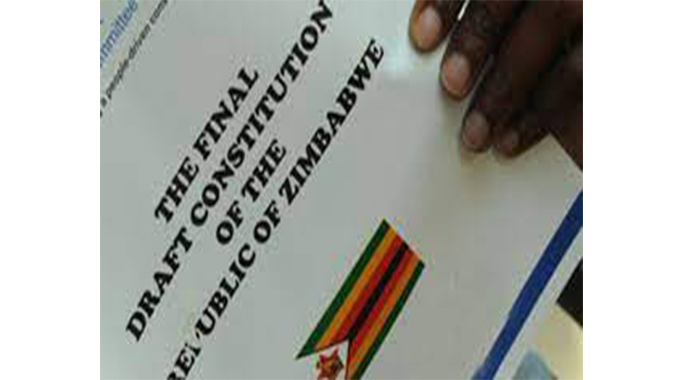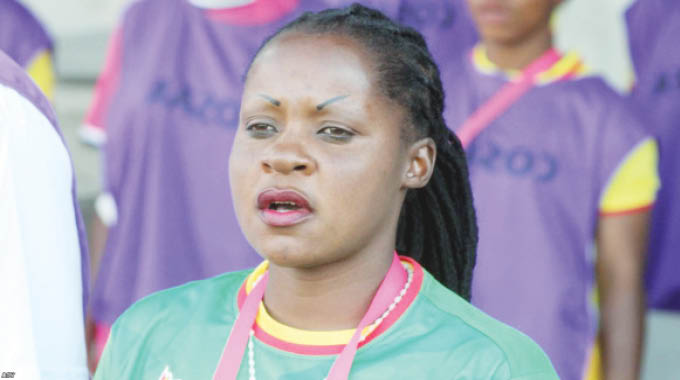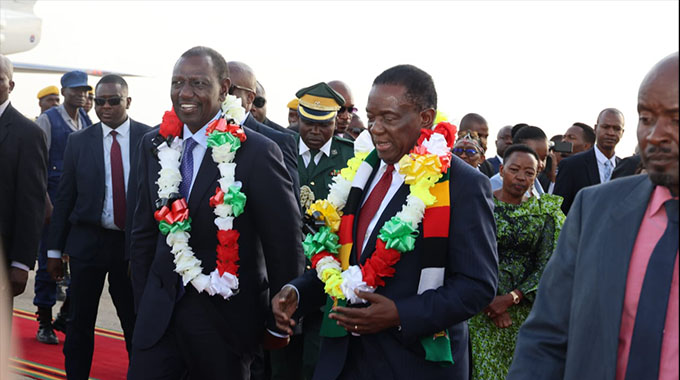COMMENT: Constitutional Amendment champions women, youth and disabled

Constitutional Amendment Number Two is now law after it secured two thirds majority in both houses of Parliament last week and presidential assent.
It was then gazetted Friday last week.
We had anticipated that the Bill would sail through smoothly as Zanu-PF, which sought the changes to the Constitution, has a commanding majority in both houses.
The changes are many and important for national development and coherence but the ones that we feel stand out are those that seek to improve representation of women, youths and the disabled in local and national politics.
The 2013 Constitution had a clause for the women’s quota under which a total of 60 ladies were elected into the National Assembly through proportional representation. The clause shielded six women per province from the rigors of a direct election, known for its cut-throat competition, by authorising political parties to pick them depending on their provincial popularity. This clause was valid for 10 years, which means that it was to go in two years’ time.
However, it has transpired that the goal of lifting women into influential political positions is proving difficult to achieve, certainly not by 2023. Therefore, women had, for some time, been lobbying for an extension of the women’s quota. The constitutional amendment has cleared that, extending it by 10 years.
Furthermore, the amendment says at least 10 of the women elected indirectly must be under the age of 35 years. This means that apart from getting more women in Parliament in general, the Constitution now specifically gives space for young women in the legislature.
The supreme law’s focus on youths does not end there – it now says 10 more seats in the National Assembly, one from each of the country’s 10 provinces, must be for people aged between 21 and 35 years, also elected through proportional representation. They can be male or female.
The provisions therefore guarantee that 20 seats in the Lower House will be held by youths aged 35 years and below.
At a conference held in Victoria Falls a few months ago, female councillors lobbied President Mnangagwa for more representation in councils, suggesting that the Constitution be amended to provide for some seats in local authorities which are not subject to a direct election. Speaking at the event, the President pledged to ensure that the law would be changed so that there are more female councillors in the country.
Now, the Constitution says at least 30 percent of seats in local authorities must be reserved for women, also through proportional representation.
Women and youths are, in our view, the greatest winners in Constitutional Amendment Number 2.
They must be delighted that their campaigns for greater political representation were heard and have been acted upon. They will look forward to even greater representation statistically because some of them have a chance to be elected directly in the 2023 harmonised elections, which is great in advancing a longstanding national goal to mainstream women and youths in politics.
It is known that challenges and aspirations of any people are best articulated by themselves. In other words, you cannot expect an old man to effectively speak for a 20 year old; you cannot expect a man to effectively capture the challenges and aspirations of a woman; you cannot expect Rhodesian to sufficiently represent blacks. Therefore, we should see women and youths using their presence in local councils and the National Assembly to advance issues that directly affect them.
But political office comes with responsibilities. The electorate, expects quality representation not having their representatives getting into office just to make up the numbers or amass wealth.
It is our hope that by 2033, 20 years from the launch of the women’s quota, the electorate would have grown to want to elect more women into Parliament. Also, women should have gained more experience and the tenacity to withstand the immense difficulties of winning primaries and open elections. Even political parties, which stand accused of sidelining women, should have grown used to working with them in key positions.
For youths, the first 10 years of their presence in Parliament should be a learning curve, just as the past eight years have been for the 60 ladies in the House. We therefore, foresee the provision for the youths running for longer than 10 years.
But the electorate’s expectations are the same for the young cadres as they are for women in the National Assembly.
The youth must add value to parliamentary debates, not to take their presence there as an opportunity to show off – as most youths in prominent positions are notorious for – and accumulate wealth.
The female councillors we will have in 2023 must also work hard, showing that quality delivery and representation know no gender or sex.
They are as capable as men, actually better in some cases.








Comments